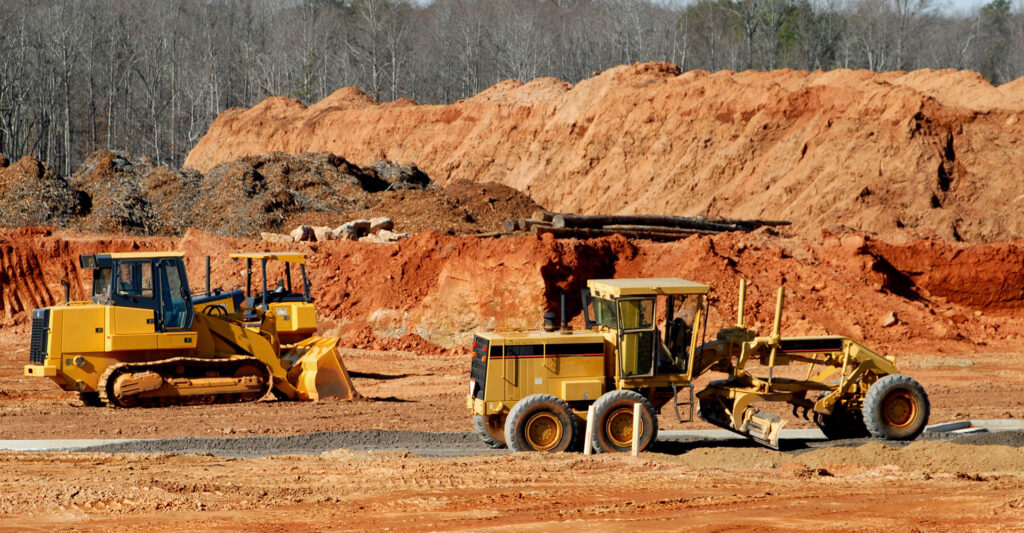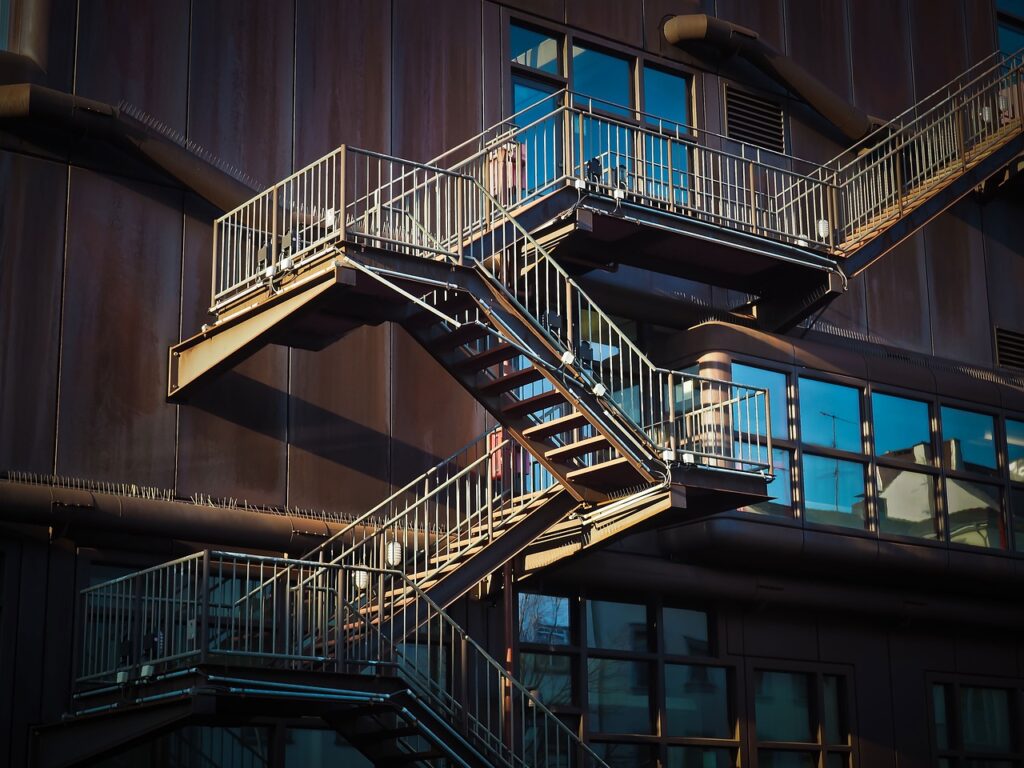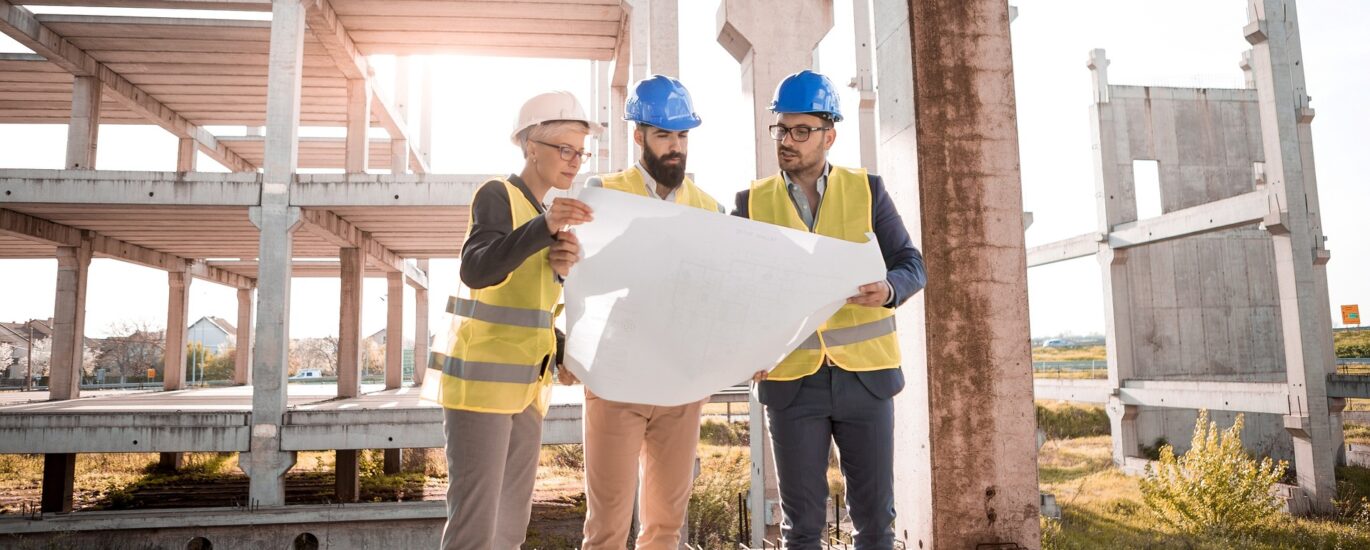Selecting the right building materials is a cornerstone of successful construction projects, influencing not only the aesthetics but also the functionality, safety, and longevity of structures. The importance of this decision reverberates across the entire construction process, making it a pivotal factor in the ultimate success or failure of a project.
In the realm of construction, each material serves a distinct purpose, ranging from providing structural integrity to enhancing energy efficiency and visual appeal. The impact of building materials transcends mere aesthetics; it profoundly influences project performance, determining the structure’s resilience against environmental factors and wear-and-tear over time.
The careful consideration of building materials is instrumental in achieving optimal project safety. Inappropriate materials may compromise structural stability, leading to potential hazards. Conversely, well-chosen materials contribute to a robust and secure construction, ensuring the safety of occupants and the longevity of the structure.
This guide is designed to illuminate the multifaceted aspects of selecting building materials, offering valuable insights into the factors influencing decision-making processes. Whether embarking on a residential, commercial, or industrial project, understanding the implications of material choices is pivotal to creating structures that stand the test of time.
Understanding Your Project Requirements

Clearly defining the scope, purpose, and goals is the fundamental first step in any construction project. This foundational phase lays the groundwork for precise planning and execution. Residential projects often prioritize comfort and aesthetics, while commercial endeavors focus on functionality and customer appeal. Industrial projects demand robustness and efficiency to meet specific operational needs. Tailoring considerations to project types ensures that materials, designs, and construction methods align with the unique requirements of each, setting the stage for a successful and purpose-driven outcome. This initial clarity paves the way for efficient decision-making throughout the entire construction process.
Assessing Environmental Factors

The geographical location, climate, and prevailing weather patterns profoundly influence material selection in construction. Harsh climates may demand materials resistant to extreme temperatures or corrosion, ensuring longevity. Sustainable and eco-friendly building materials have gained prominence, aligning with the growing awareness of environmental impact. These materials not only reduce the carbon footprint but also enhance energy efficiency. Choosing materials that harmonize with the surroundings not only ensures resilience against weather challenges but also contributes to a greener, more sustainable construction industry. Prioritizing environmental consciousness fosters responsible construction practices and aligns with the global drive for eco-friendly solutions.
Importance of Material Compatibility

Understanding how various construction materials interact and ensuring their compatibility is vital to prevent issues like corrosion, decay, and structural instability. Incompatible materials can trigger chemical reactions, compromising structural integrity. Selecting materials with similar expansion and contraction rates minimizes the risk of deterioration over time. Corrosion-resistant alloys and treatments are essential in environments prone to moisture or aggressive chemicals. By carefully assessing material compatibility, construction projects can mitigate potential risks, ensuring longevity and durability while avoiding costly repairs or structural failures. This emphasis on material synergy guarantees the stability and resilience of the overall structure.
Structural Components

Delving into the core of construction, this section provides an in-depth analysis of crucial structural components: angles, channels, and beams. Examining load-bearing capacity is paramount, ensuring materials can withstand the intended pressures and stresses. Durability considerations focus on materials resistant to wear and environmental factors, ensuring prolonged structural integrity. Design flexibility explores how these components can adapt to various architectural visions without compromising strength. This thorough exploration empowers decision-makers with insights into selecting materials that not only meet safety standards but also offer versatility in design, enhancing the overall success and aesthetics of the construction project.
Wiring and Cable Management

Choosing cables, wires, conduits, and cable tray systems involves meticulous selection criteria crucial to project success. Factors such as voltage requirements, environmental conditions, and installation specifications influence these decisions. Equally paramount is the emphasis on insulation, safeguarding against electrical hazards and ensuring operational safety. Employing materials with high insulation ratings minimizes the risk of electrical failures and enhances the longevity of the system. This section illuminates the critical considerations for electrical components, guiding decision-makers in choosing the most suitable options to meet both functional needs and stringent safety standards.
Fasteners: Nuts, Bolts, and Screws

Fasteners play a pivotal role in construction, holding structures together with precision. This section delves into the crucial understanding of their role, emphasizing their significance in ensuring structural integrity. Factors influencing the choice of fasteners include strength, addressing the load-bearing requirements of the connection, corrosion resistance to combat environmental factors, and suitability for the specific application. A comprehensive grasp of these considerations empowers decision-makers to make informed choices, enhancing the overall robustness and reliability of construction projects. The right selection of fasteners is instrumental in achieving both safety and longevity in structural assemblies.
Lighting Solutions for Construction

Venturing into the realm of lighting, this section explores energy-efficient and innovative options that transcend traditional illumination. The impact of lighting extends beyond aesthetics, influencing safety and productivity in construction projects. Energy-efficient solutions not only reduce operational costs but also contribute to environmental sustainability. Proper lighting enhances safety by minimizing potential hazards and accidents on-site. Additionally, strategic lighting designs improve productivity by creating conducive working environments. This holistic exploration delves into the multifaceted benefits of choosing lighting solutions that not only illuminate spaces but also foster safety, productivity, and a visually appealing aesthetic in construction projects.
Budget Considerations

Striking a balance between quality and cost-effectiveness is pivotal in construction endeavors. This segment provides valuable insights into optimizing budgets without compromising material quality. Tips include leveraging bulk purchasing for discounts, exploring alternative materials with similar specifications, and negotiating with suppliers for competitive rates. Emphasizing efficient project management and strategic planning ensures budgetary alignment with project goals. By incorporating these tips, decision-makers can navigate the delicate equilibrium between cost-effectiveness and maintaining high material standards, guaranteeing successful construction projects that meet both financial constraints and quality benchmarks.
Future Trends in Building Materials

This segment delves into the exciting frontier of emerging technologies and materials reshaping the future of construction. From advanced robotics and 3D printing to sustainable materials like engineered wood and recycled composites, innovation is revolutionizing building practices. The role of technology extends beyond efficiency, fostering sustainable construction practices. Integrating smart technologies, energy-efficient designs, and eco-friendly materials not only elevates environmental stewardship but also enhances overall efficiency in the construction industry. By embracing innovation, construction projects can stay at the forefront of industry advancements, ensuring a future that seamlessly blends sustainability and efficiency.
Conclusion
In conclusion, the meticulous selection of building materials is the linchpin of successful construction projects. From understanding project specifics and environmental considerations to scrutinizing material compatibility and prioritizing safety, every decision shapes the project’s outcome. Delving into structural components, electrical systems, lighting, and embracing emerging technologies underscores the multifaceted nature of construction. The overarching theme is a delicate balance between quality and cost-effectiveness, guided by sustainability and innovation. As the construction industry evolves, the integration of advanced technologies and sustainable practices will continue to redefine standards, ensuring that every project not only meets but exceeds expectations in safety, longevity, and efficiency.
“Embark on Your Construction Journey! Explore our premium building materials and innovative solutions. Build with confidence, quality, and sustainability. Click now for a transformative construction experience!”
















